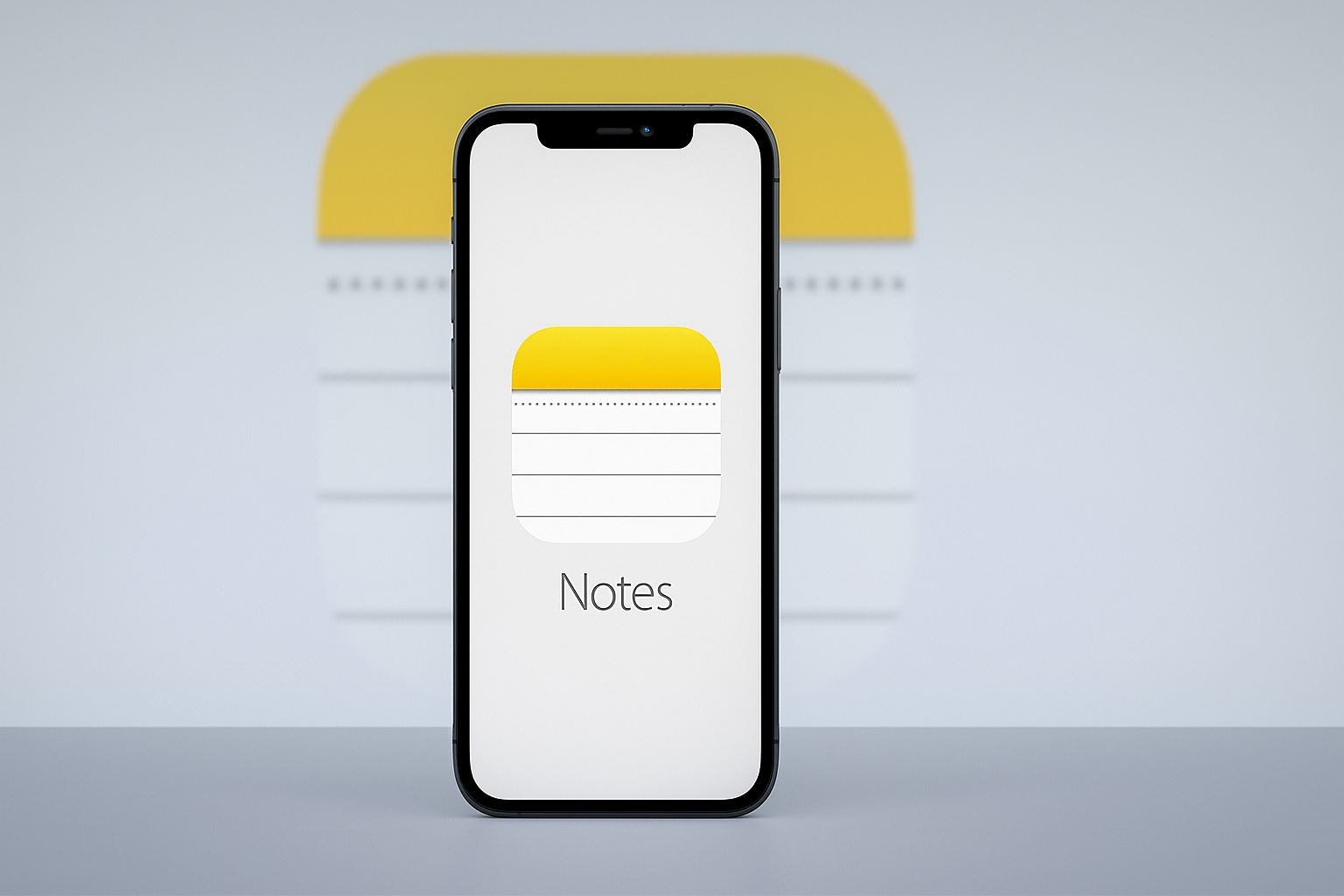- A widely shared Washington Post trend piece this week reignited the “Notes app = true self” conversation by literally asking people to open their Notes in public. [1]
- The “notes layer” is now everywhere: Apple brought Notes to the Apple Watch with watchOS 26, making private jotting truly glanceable. [2]
- Platforms that tried to make “Notes” a social network have pulled back: TikTok shut down TikTok Notes earlier this year, while it experiments with context-adding Footnotes. [3]
- Private journaling is mainstreaming: Day One launched on Windows with privacy-first features; Google’s Pixel Journal arrived with on‑device AI prompts. [4]
- Today’s marketing twist: brands are going viral with mock “apology” posts—a riff on the long-running “Notes app apology” aesthetic—fueling debate about authenticity. (Nov. 7 coverage). [5]
What sparked today’s conversation
This week’s Washington Post feature captured a simple truth: the rough drafts in our Notes app often reveal more about us than our polished feeds—and people were brave (and funny) enough to share. [6]
That idea lands on Nov. 8, 2025 as a timely counterpoint to performative “realness.” Even workplace culture is reconsidering how much of our inner monologue belongs online: a Wall Street Journal essay in today’s print edition argues for drawing healthier boundaries between the public persona and the private self. [7]
The “notes layer” is everywhere now
Across 2.35 billion active Apple devices, the Notes habit has gone from afterthought to operating‑system feature set. Apple’s own security blog still references that 2.35B installed base this fall—important context for how fast private jotting can permeate daily life. [8]
- On your wrist: watchOS 26 brings Apple Notes to Apple Watch, letting you dictate a thought, save a checklist, or glance a grocery item without pulling out your phone. The more ambient Notes becomes, the more little moments it captures. [9]
Platforms tried to turn “notes” into a feed. Users didn’t bite.
“Notes,” the aesthetic, thrives. “Notes,” the app-as-feed? Not so much.
- TikTok Notes shut down on May 8 after limited testing, with creators nudged back to photo-forward Lemon8. The lesson: users wanted the vibe of intimacy, not another Instagram clone. [10]
- Instead of forcing another feed, platforms are adding context to posts. TikTok’s U.S. test of Footnotes lets contributors append clarifications—like a collaborative sidebar for the truth. [11]
Private journaling keeps going mainstream
If “Notes-as-social” fizzled, “notes-as‑wellness” is booming.
- Day One (owned by Automattic) expanded to Windows, with local-first storage, end‑to‑end encrypted cloud backups, and cross‑platform sync—bringing a beloved private journal to millions of PC users. [12]
- Google’s Pixel Journal launched in August with on-device AI prompts that nudge reflection without sending your thoughts to the cloud. It’s a design choice that fits the private-by-default shift. [13]
Marketing’s latest riff: the “we’re sorry” stunt
Brands spent this week posting faux-solemn “apologies” that parody the long‑running “Notes app apology” genre—provoking laughs and backlash. Indian consumer labels (from automakers to milkshakes) leaned into the gag on Nov. 7, complete with serious fonts and corporate copy. Critics say it cheapens real accountability. The format’s virality shows how the look of sincerity still grabs attention—whether or not it’s earned. [14]
Trend watch: “Once they were just names on my Notes app”
One sweet parenting format climbing TikTok and Instagram this week captions baby footage: “once they were just names on my notes app.” It’s pure digital-diary energy—reminding us that many life stories start as bullet points and baby-name lists. [15]
Why this matters (and what to do next)
- Attention favors intimacy. Screenshots of Notes still outperform over-produced content because they look and feel unfiltered. That doesn’t mean you have to overshare.
- Design is meeting the moment. Notes on the wrist, AI‑nudged journaling on phones—hardware and software are normalizing micro‑reflections. [16]
- Authenticity ≠ total exposure. Today’s workplace discourse underscores a crucial line: journaling is for you; posting is for others. Keep the “draft” space sacred. [17]
Practical tips (today)
- If you do share a Notes screenshot:
- Remove contact info, addresses, and identifiers.
- Crop out timestamps, geotags, and folder trails.
- Treat screenshots like posts: once it’s out there, it’s out there.
- If you want a private habit that sticks:
FAQ
Why are Notes screenshots trending again in 2025?
Because the look signals “this is raw.” After years of hyper‑curation, audiences reward formats that appear unpolished—whether heartfelt lists or tongue‑in‑cheek brand “apologies.” [20]
Is the Notes app replacing social media?
No. It’s becoming the staging area—a private scratchpad that feeds public posts (or never leaves your device). Apple’s decision to bring Notes to Watch suggests this role will grow. [21]
What’s the biggest product news tied to notes this year?
Shutdowns on the “notes-as-feed” model (TikTok Notes) and growth in private journaling (Day One on Windows; Pixel Journal on device). Together, they show users prefer private capture to yet another public feed. [22]
How big is the Notes habit, really?
Apple’s ecosystem spans about 2.35 billion active devices, so even small behavior shifts scale fast. [23]
Sources & further reading
- Washington Post trend story that kicked off this week’s chatter about Notes and the “real self.” [24]
- watchOS 26 puts Notes on your wrist. [25]
- TikTok shuts down its Instagram-like Notes app; later tests Footnotes to add context. [26]
- Day One comes to Windows; Pixel Journal launches with on-device AI prompts. [27]
- Apple reiterates a 2.35B device installed base. [28]
- Brands’ mock “apology” trend (Nov. 7), and the debate around it. [29]
References
1. www.washingtonpost.com, 2. www.theverge.com, 3. techcrunch.com, 4. www.theverge.com, 5. www.indiatimes.com, 6. www.washingtonpost.com, 7. www.wsj.com, 8. security.apple.com, 9. www.theverge.com, 10. techcrunch.com, 11. www.reuters.com, 12. www.theverge.com, 13. techcrunch.com, 14. www.indiatimes.com, 15. corq.studio, 16. www.theverge.com, 17. www.wsj.com, 18. www.theverge.com, 19. www.theverge.com, 20. www.indiatimes.com, 21. www.theverge.com, 22. techcrunch.com, 23. security.apple.com, 24. www.washingtonpost.com, 25. www.theverge.com, 26. techcrunch.com, 27. www.theverge.com, 28. security.apple.com, 29. www.indiatimes.com
